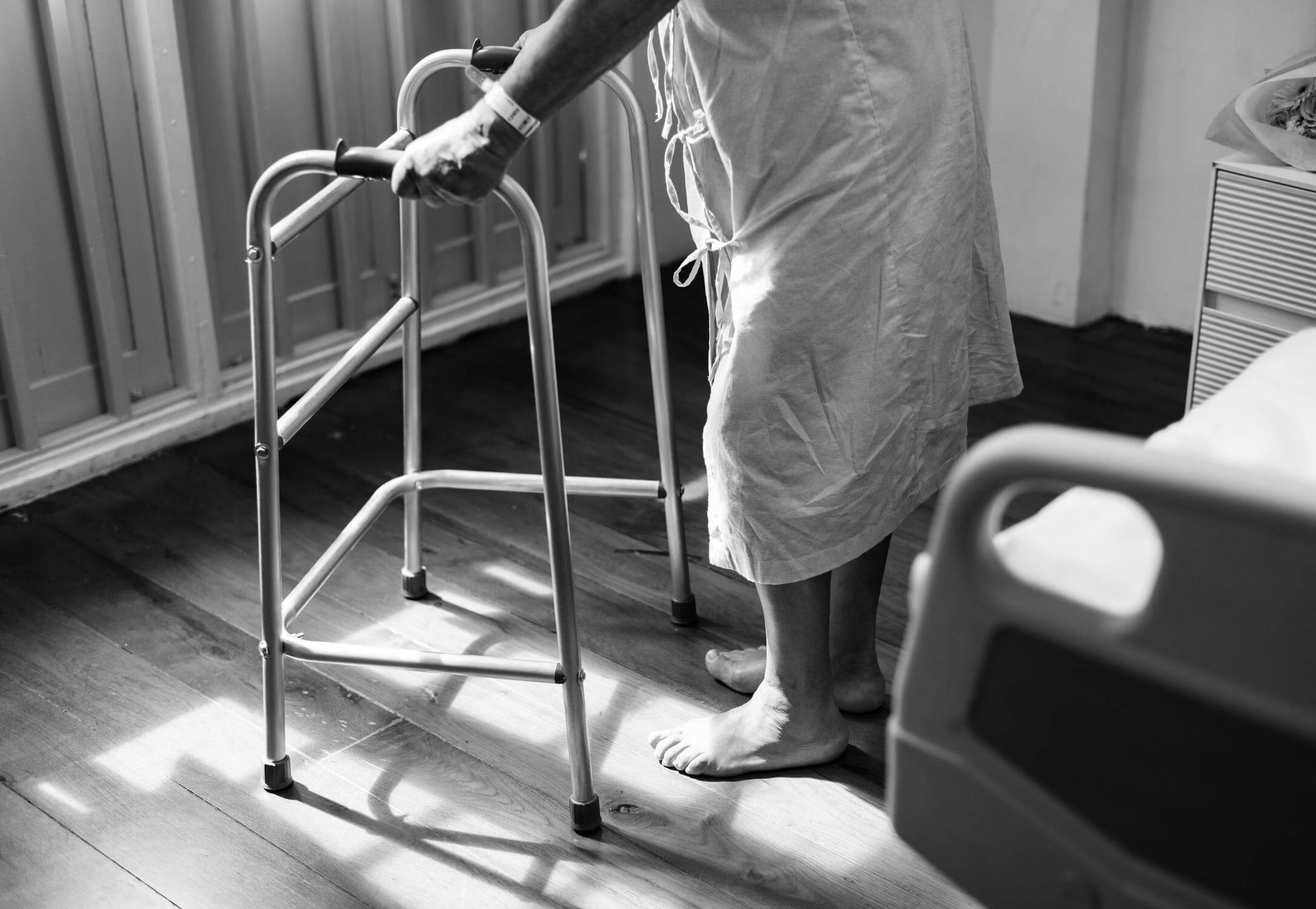For those who can no longer care for themselves, few options are available for long-term care. Solutions that allow someone to remain in their home environment are best for them and also less expensive than long-term care facilities. Smart technology now has the ability to allow many more to remain in their home where they are more comfortable and surrounded by the people and things that they love.

Removing Barriers
Smart technology is now removing the barriers that prevent many from being cared for at home. Smart socks are only one example of high-tech medical devices for home healthcare. The socks monitor blood circulation and can help detect problems in diabetic patients, helping to prevent the potential for needing an amputation. The same company is also in the process of developing bandages that can detect the early signs of infection and will help to improve at home wound care. Advances in smart IV Pump technology will make the setup and operation of IVs simpler through automated medication delivery and automatic record-keeping.
Smart Homes for Home Healthcare
By integrating telemedicine, wearable medical devices, and other sensors into the home, care for the elderly will mean having many more options than a traditional long-term care setting. Many of these devices are unobtrusive and can provide continual monitoring of a person’s well-being. This offers a lower-cost solution than traditional facilities.
They Become Part of the Family
If you are caring for a terminally ill relative, the thought of bringing someone into your home may be overwhelming. However, a good caregiver does more than just care for your relative during their final days. They become a part of the family by showing love and compassion. The caregiver may offer a shoulder to cry on or take care of tasks around the house during this difficult time.
Solutions for Staying Connected
Many times the decision to remove someone from their home and place them in a long-term care facility is due to fears of friends and family members that they will hurt themselves, or will have a medical issue and be unable to get help. Sometimes, it is the person themselves who are afraid to live alone. Smart technology that is always connected to a nurse’s station gives everyone peace of mind. It will automatically alert help if a sensor detects something is amiss.
The average age of the global population is increasing, which means that there will be a higher number of people needing assistance with healthcare and daily living tasks. This places strain on a system that is already overtaxed. Smart technology has the ability to allow more people to remain in their home and yet have the confidence that they are connected to the help that they need. Smart technology is changing the way the world thinks about care for the elderly and others who cannot care for themselves.
While smart tech streamlines and enhances patient care and satisfaction at home, Ankota is a next generation agency management system that serves as the core platform non-medical agencies use to maximize the efficiency of their scheduling, payroll and billing operation.
---
Ankota provides software to improve the delivery of care outside the hospital, focusing on efficiency and care coordination. Ankota's primary focus is on Care Transitions for Readmission avoidance and on management of Private Duty non-medical home care. To learn more, please visit www.ankota.com or contact us.





Your Comments :